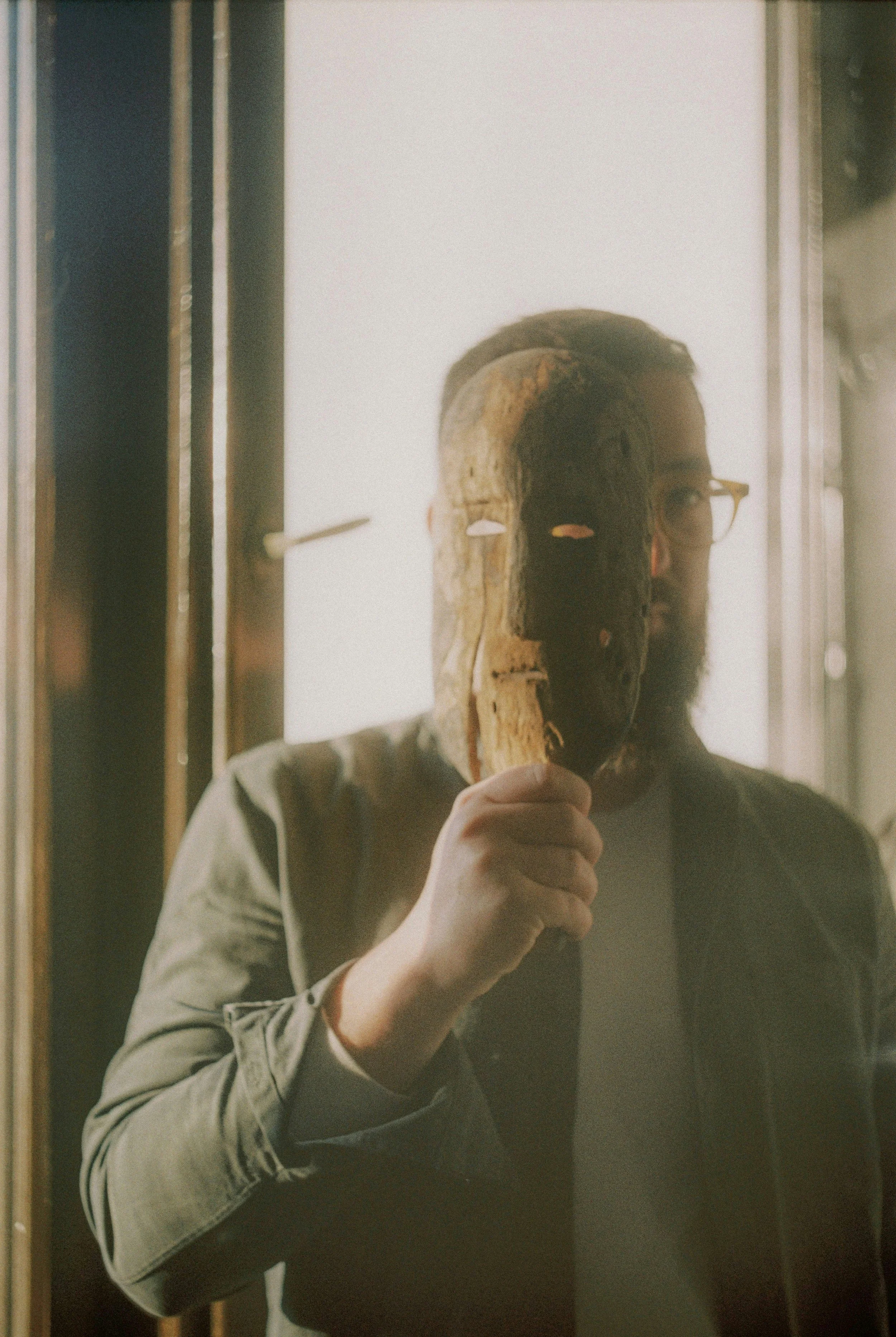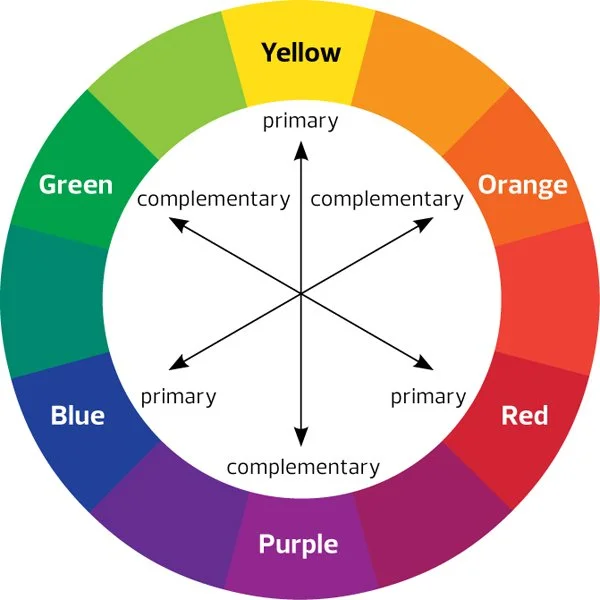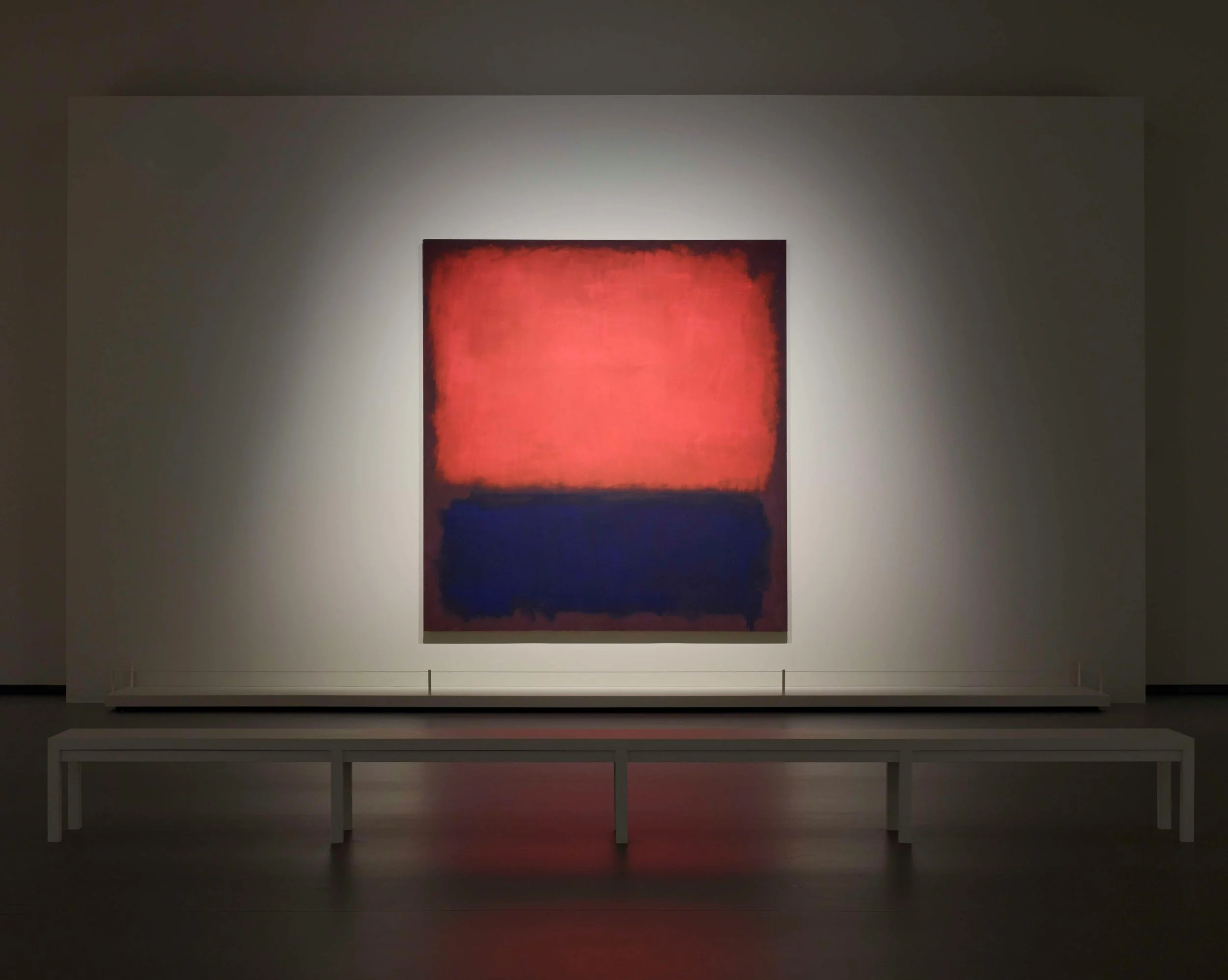Seeing Red: clashing egos
11 July 2024
A little-known fact about me is that I’m a big colour nerd – so much so that a few years ago I became certified as a Colour Analyst at a college in London, just for my own pleasure. Absolutely obsessed with colours, shades and tints, my eye has always been drawn to certain hues since I was young. I even developed emotional associations to colours and would stare deeply into the ones I loved (both calm and energetic jewel tones, if you were wondering) and simply luxuriate in their presence.
I started to realise what this love of colour was about over the years. My mind was drawn to harmony around me, and as a Highly Sensitive Person (HSP) I was more prone to being irked by jarring colours that looked unsettling, while harmonious colours were pleasurably stimulating. Perhaps it was this same trait that was one of the factors which led me down the path of mediation and resolving conflict, as making the world around me peaceful and harmonious is an urge that comes from deep in my soul.
Learning about colour theory was fascinating, and a lot of it was based on how nature presents colours together. Colours rarely clash in nature, which is why we are drawn to relaxing natural landscapes. Then one day my secret world of colour indulgence and work came together when I heard my client seethe about his father: “I really can’t stand going into another meeting with him, I can’t even think about doing another Sunday dinner with family – I. just. see. RED!”
I’ll spare you the exposition on red and all its qualities that I was nearly about to slip into, but rather share how my understanding of colour immediately clicked with my client’s feelings about being in constant competition with both his father who still led the company with a strong personality, and his younger brother who had been vying to take over the lead for many years. His father had corralled him back into the fold when my client was nearly 40 years old, having enjoyed a successful career outside of the family business. Eldest sons always take over, it was said, even though his younger brother had been working at the family business every day of his life after graduating and felt like he deserved to be in charge after.
Egos were clashing, and each family member’s actions were doing more damage to the business and reputation with every scheming plot, shouting match and silent cold war.
Complementary colours are those that lie opposite each other on an artist’s colour wheel. Contrary to how they are named, when combined they actually cancel each other out, losing their vibrancy and resulting in a grayscale colour like black or white. Add a third primary colour like red, blue or yellow – or in this case a head-strong younger brother - into the mixture and you get a muddy beige-brown. This muddiness also happens when the colours are not working towards the same purpose, and by that I mean their natural inclinations: blue is naturally cooler and red is naturally warmer, and they strive to fulfil their purposes in any mix.
So how do we get the most dynamic visual that allows each colour to shine rather than drain away? You can start to see the parallels emerge with clashing egos in a family business. The answer both colour- and family-wise, is by placing them at a safe distance next to each other, where they simultaneously create the strongest contrast and reinforce each other’s inherent characteristics.
When left to fester unaddressed, clashing egos in family businesses can go on to create the following:
Decision-making paralysis: When family members with strong personalities and differing opinions clash, it can result in a deadlock where no decisions are made. This indecision can stall business operations and hinder growth.
Conflict and tension: Persistent ego clashes can create a toxic work environment filled with conflict and tension. This not only affects the morale, wellbeing and productivity of family members but can also impact non-family employees and overall workplace atmosphere.
Nepotism and favouritism: Ego clashes often both reinforce and stem from perceptions of nepotism or favouritism, where decisions are influenced more by personal relationships than by merit or business needs. This can lead to resentment and reduced motivation among family members and employees who feel unfairly treated.
Succession issues: Clashing egos can complicate succession planning, with family members competing for leadership roles. This competition can lead to fragmented strategies (grayscale), lack of clear direction (that muddiness!), and instability during leadership transitions.
My client was stressed, angry and regretting his decision to bend to the obligation (or ‘directive’, as he kept referring to his father’s wishes) to join the family business. He came wanting relief and clarity on next steps, so I helped him to restore colour back to the muddiness with this three-fold approach:
1. Learning emotional regulation techniques to (i) manage his daily stress which was impacting his interpersonal relationships and energy levels, and to (ii) understand and avoid acting on the urge to react impulsively when tempers flare, or to provoke others in a silent war.
2. Building a conflict management strategy to negotiate distance and areas of responsibility. In his case, this was negotiating with his father to take over certain portfolios while leaving others in the well-managed hands of his younger brother.
3. Eventually bringing his father, brother, and other family members and employees to a series of mediated discussions on agreement to work towards the same purpose as a family. This work was then carried out in tandem with a specialist advisor on family charters and constitutions.
What brings clarity to your role, and how do you shine while being true to yourself?
Mark Rothko, No. 14, 1960. San Francisco Museum of Modern Art Helen Crocker Russell Fund purchase. (C) 1998 Kate Rothko Prizel & Christopher Rothko - Adagp, Paris, 2023 (C) Fondation Louis Vuitton / Marc Domage




